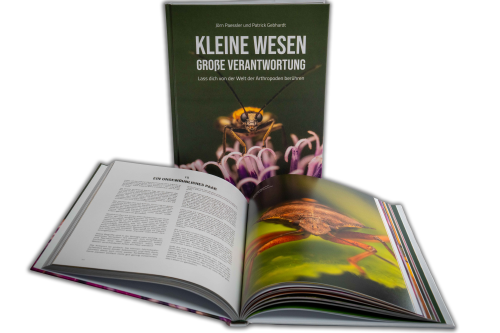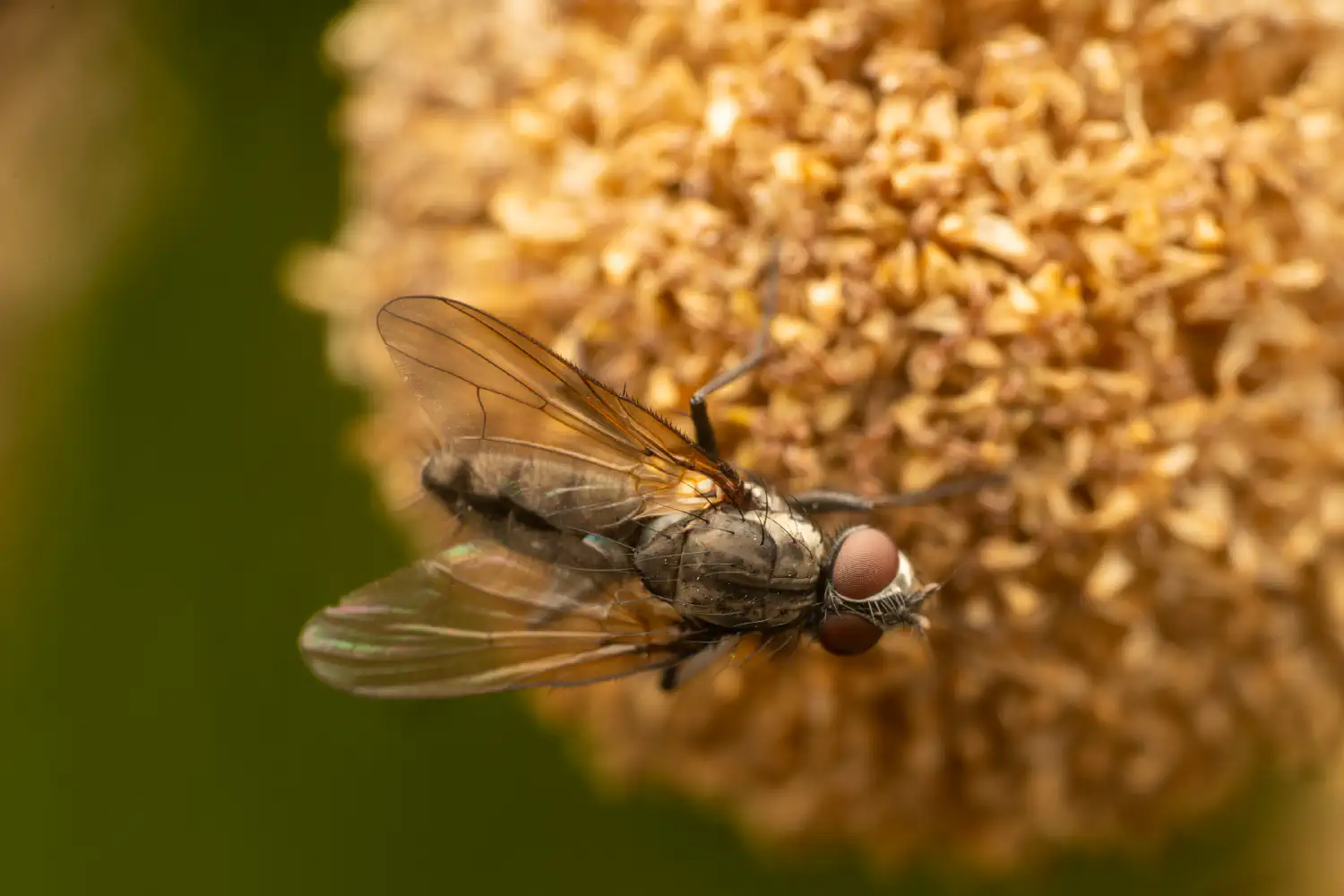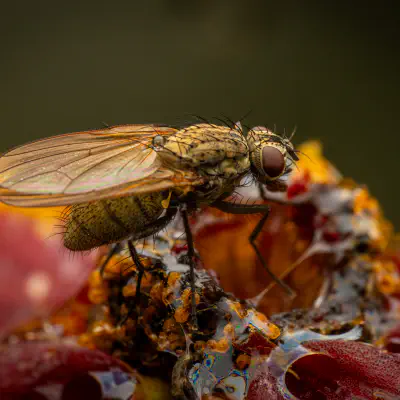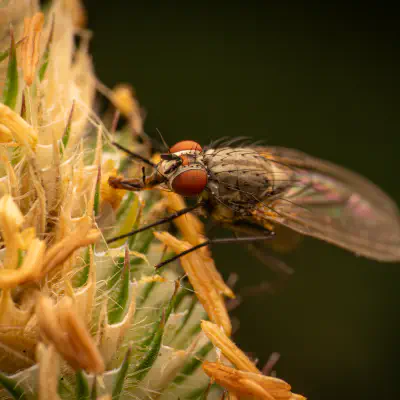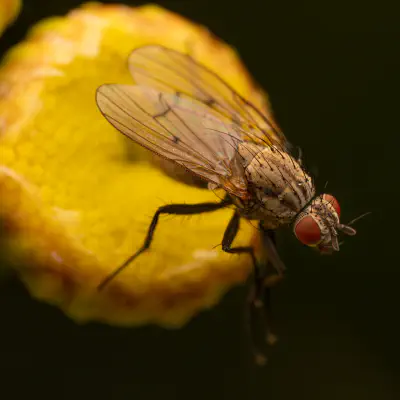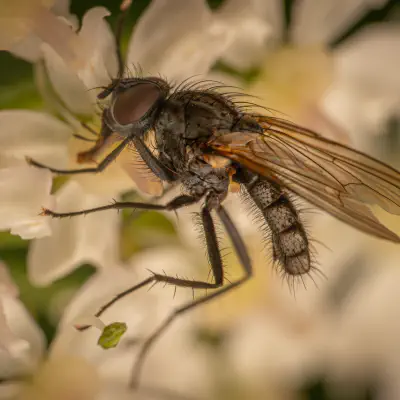Delia Lat. “Delia“
The genus Delia is part of the fly family Anthomyiidae.
Hierarchy
Geographical distribution
The genus Delia contains approximately 300–340 species worldwide (excluding Neotropical species). At present about 170 species are recorded from the Palaearctic region, and 162 species from the Nearctic region, 44 of which are Holarctic. Afrotropical fauna includes 20 Delia species. Griffiths described 49 new species in his recent revision of the Nearctic species, nearly a third of the present Nearctic total, and similar intensive revisions in other parts of the world are expected to produce many more, especially in the Middle East, mountainous regions of Central Asia, Nepal, and Mongolia.
Biology
Morphologically speaking, adult Delia flies resemble the common housefly and species possess subtle differences in size, colouring, and location and length of bristles throughout the body. Furthermore, male and female flies experience minor sexual dimorphism. The larvae of Delia have three larval instar stages, and the morphology of the larval tubercles and spiracles are used to differentiate between species. As the larvae of Delia flies attach and feed on various plant parts, each of their three larval instars have a specialized respiratory system to facilitate survival within the aqueous and acidic environment of the putrefying host plant. The third larval instar is commonly used for identification purposes of species that are of economic importance. The eggs of Delia specimens are generally white in colour and elongated ovular in shape with distinctive hatching pleats on the surface of the egg, which are unique to each species.
Agricultural pest
Six species of Delia (D. antiqua, D. floralis, D. florilega, D. planipalpis, D. platura, D. radicum) are common agricultural pests during their larval stage, causing severe economic loss throughout North America and Europe. The most notable species are D. radicum and D. antiqua. Delia radicum larvae, commonly known as cabbage maggot, has caused significant damage by feeding and burrowing within the roots of members of the Brassica family including cabbage (Brassica oleracea), canola (Brassica napus), rutabaga (Brassica napobrassica), broccoli (Brassica oleracea var. italica), cauliflower (Brassica oleracea var. botrytis), turnip (Brassica rapa subsp. rapa), and radish (Raphanus sativus). Delia antiqua larvae, commonly known as the onion maggot, is a prominent agricultural pest on members of the Allium genus including onions (Allium cepa), garlics (Allium sativum), chives (Allium schoenoprasum), shallots (Allium cepa var. aggregatum), and leeks (Allium porrum). Gravid females will oviposit in the soil near the crops or on the host plant itself, and when the eggs hatch the larvae cause extensive damage to the plants when they feed. For example, D. radicum maggots feeding on the roots of canola crops cause damage to the plants’ phloem, periderm, and xylem parenchyma. Damage to the phloem and xylem tissue can disrupt the transportation of photosynthetic products and water, respectively. Additionally, this damage can also lead to vulnerabilities against pathogenic microorganisms. If the root damage is severe enough it can lead to a variety of issues including stunted growth, lodging, decreased flowering, decreased size and yield of seeds, or plant death. There are many factors that will affect the susceptibility of a plant to Delia oviposition, and subsequent larval infestation. These factors include the species or variety of plant, the morphology of certain plant parts (root shape and size, wax levels on leaves, colour of foliage), and the physiology (age, chemical composition of certain secondary plant substances). For example, as a specialist of cruciferous crops, D. radicum, is attracted to the organic compound isothiocyanates found in these variety of plants in order to identify it as a suitable host. In addition to being attracted to the olfactory cues of this type of plant, visual cues such as colour, position, and visual prominence of the flowers influence which plant they will infest. In addition to the plant itself, studies with D. radicum and D. floralis have shown that other environmental factors such as soil moisture, average daily air temperature, and total precipitation can all have a positive correlation with the crop’s susceptibility to infestation.
Species list
These species belong to the genus Delia
External links
Delia platura on the UF / IFAS Featured Creatures website.
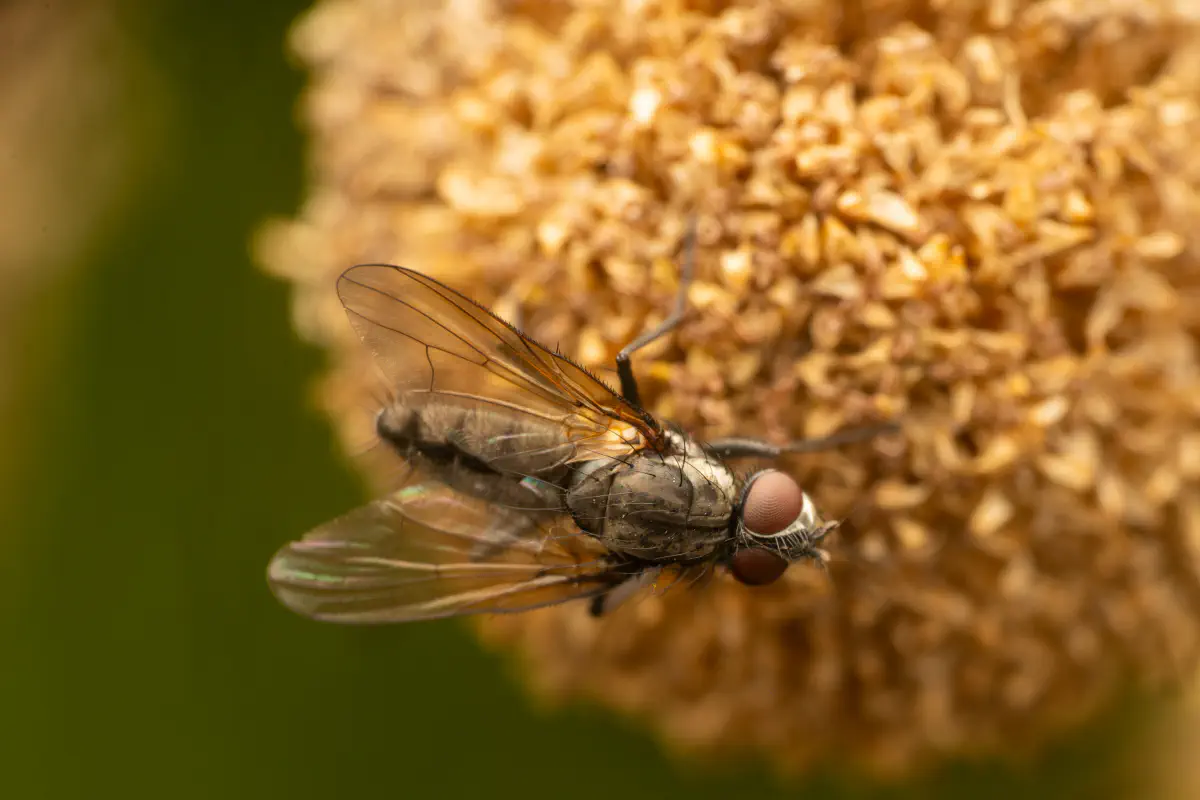

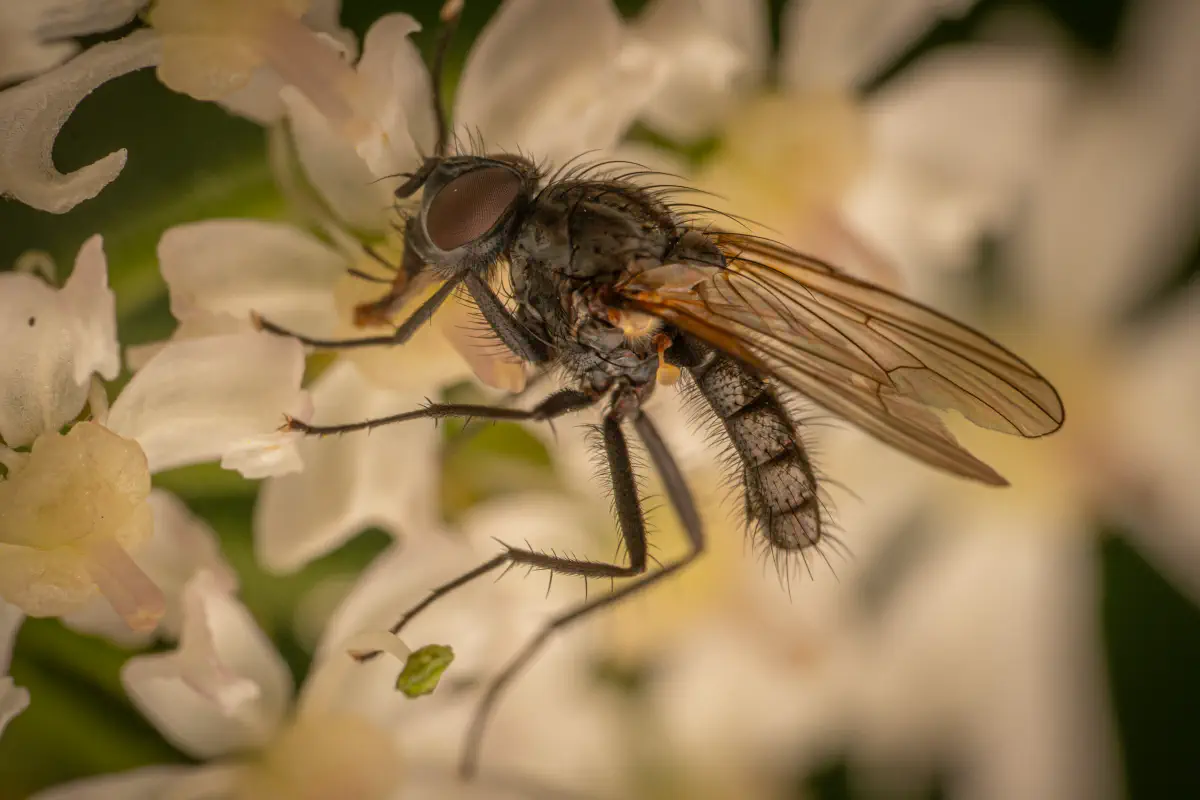
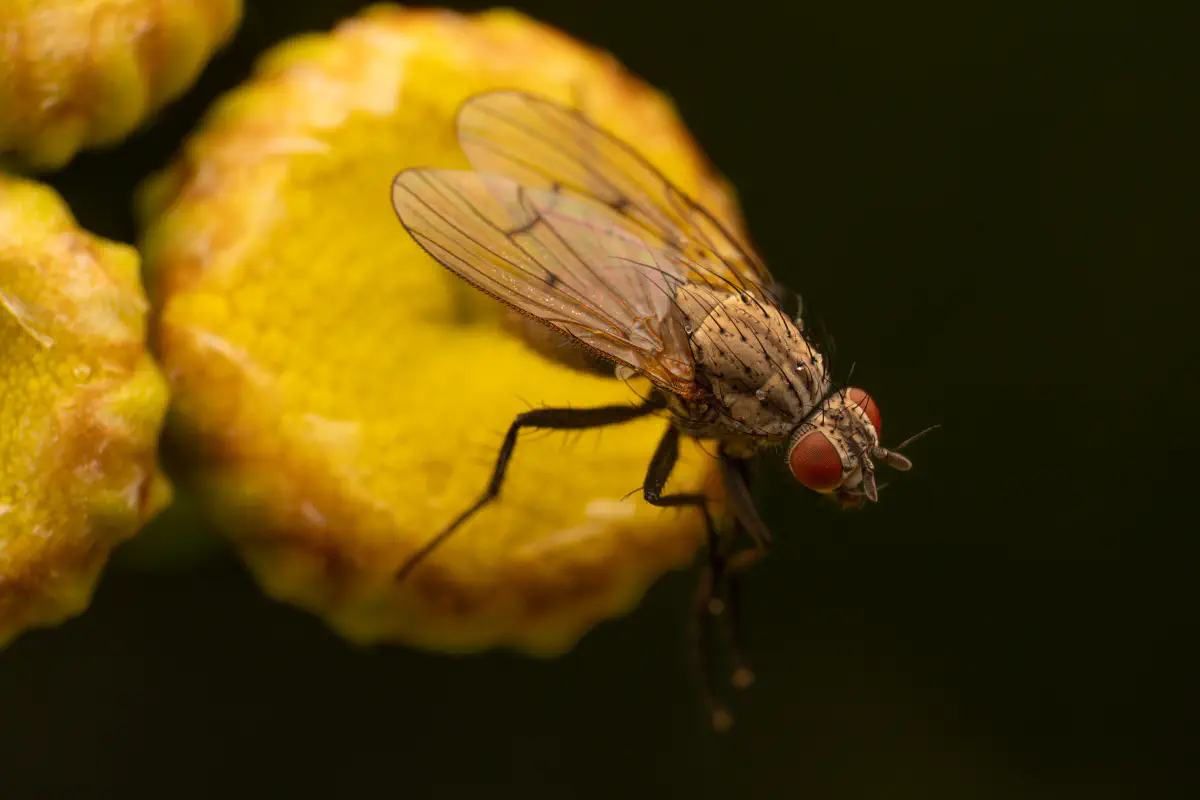
Ancestry Graph
Further Information
Copyright

This article uses material from the Wikipedia article Delia the free encyclopedia Wikipedia which is released under Creative Commons Attribution-ShareAlike 4.0 International License). On Wikipedia a list of authors is available.

Little beings in print
Order our calendars and books today!
Compiled with love. Printed sustainably. Experience our little beings even more vividly in print. All our publications are available for a small donation.
